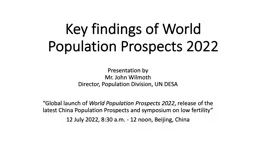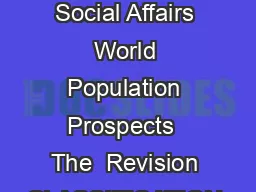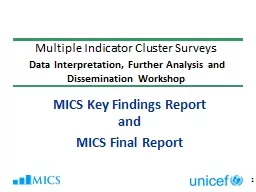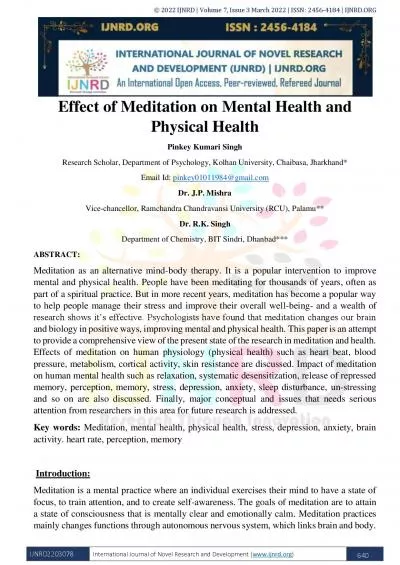PPT-Key findings of World Population Prospects 2022
Author : Mindbender | Published Date : 2022-08-02
Presentation by Mr John Wilmoth Director Population Division UN DESA Global launch of World Population Prospects 2022 release of the latest China Population
Presentation Embed Code
Download Presentation
Download Presentation The PPT/PDF document "Key findings of World Population Prospec..." is the property of its rightful owner. Permission is granted to download and print the materials on this website for personal, non-commercial use only, and to display it on your personal computer provided you do not modify the materials and that you retain all copyright notices contained in the materials. By downloading content from our website, you accept the terms of this agreement.
Key findings of World Population Prospects 2022: Transcript
Download Rules Of Document
"Key findings of World Population Prospects 2022"The content belongs to its owner. You may download and print it for personal use, without modification, and keep all copyright notices. By downloading, you agree to these terms.
Related Documents














